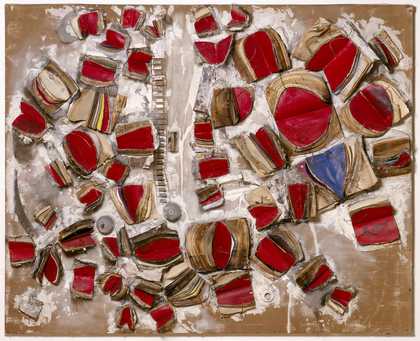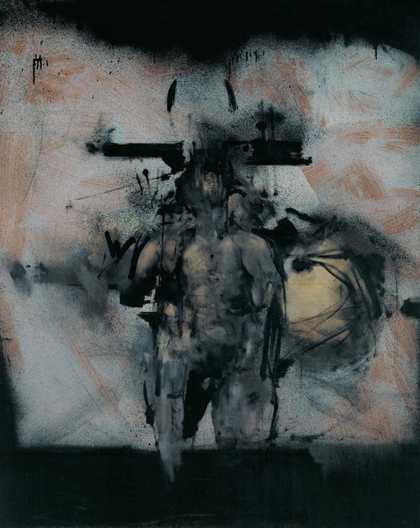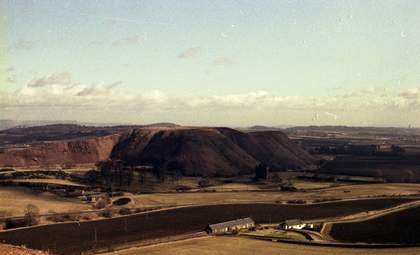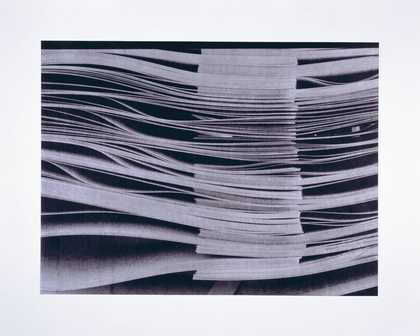This exhibition surveys the art of John Latham (1921–2006).
In the course of a career that spanned more than fifty years, Latham came to occupy an important and distinctive position in contemporary art. Working in a variety of media he belonged to no particular artistic tendency. Nevertheless, the contribution he made to painting, assemblage, performance, book art, conceptual art and film was significant. The basis for all his activities and ways of working was his world view, an outlook that exploded conventional systems of thought and was essentially visionary.
John Latham in Focus
Latham saw the ills and conflicts that beset mankind as the result of differences in ideology. He attributed these differences to the absence of a single theory capable of explaining the universe and man's position within it. The theoretical framework he evolved sought to provide a unified explanation of existence.
Bridging artistic, philosophical and scientific ideas, Latham’s theory of ‘event structure’ challenges the views of scientists and cosmologists. According to the theory everything that exists can be explained, not as atomic particles and waves, but as recurring time-based ‘events’ of finite duration. A ‘least event’ – the shortest departure from a state of nothingness – is, in the theory, the fundamental unit of existence. The recurrence of such events establishes a ‘habit’ and forms the basis for structures in reality. Recurring events of longer duration result in more complex phenomena such as objects, mental images and, ultimately, the cosmos.
Latham’s art manifests these ideas. Dating from 1954, his use of spray exemplifies ‘a coming into being’ (represented by a build-up of minute dots of paint) from nothingness (represented by the blank canvas) as the result of an event (the duration of the burst of spray). Such ideas are evident in the earliest painting here, Man Caught up with a Yellow Object 1954 and in such later works as the One Second Drawing 1972.
Since 1958, books – burnt, painted and cut up – became a primary motif. Books symbolise thought. The way they emerge from many of his canvases suggests a human presence coming into being. But books also represent different systems of belief. Much of his final work involves books combined with glass, a substance prone to shatter. Latham’s message is clear: the need for a unified world view is more urgent than ever.





